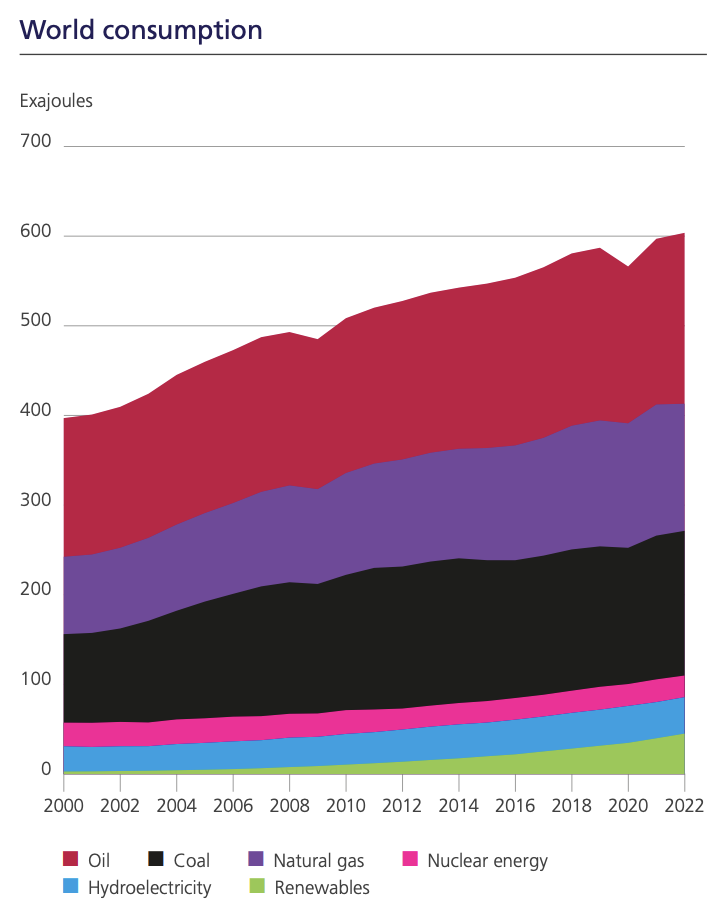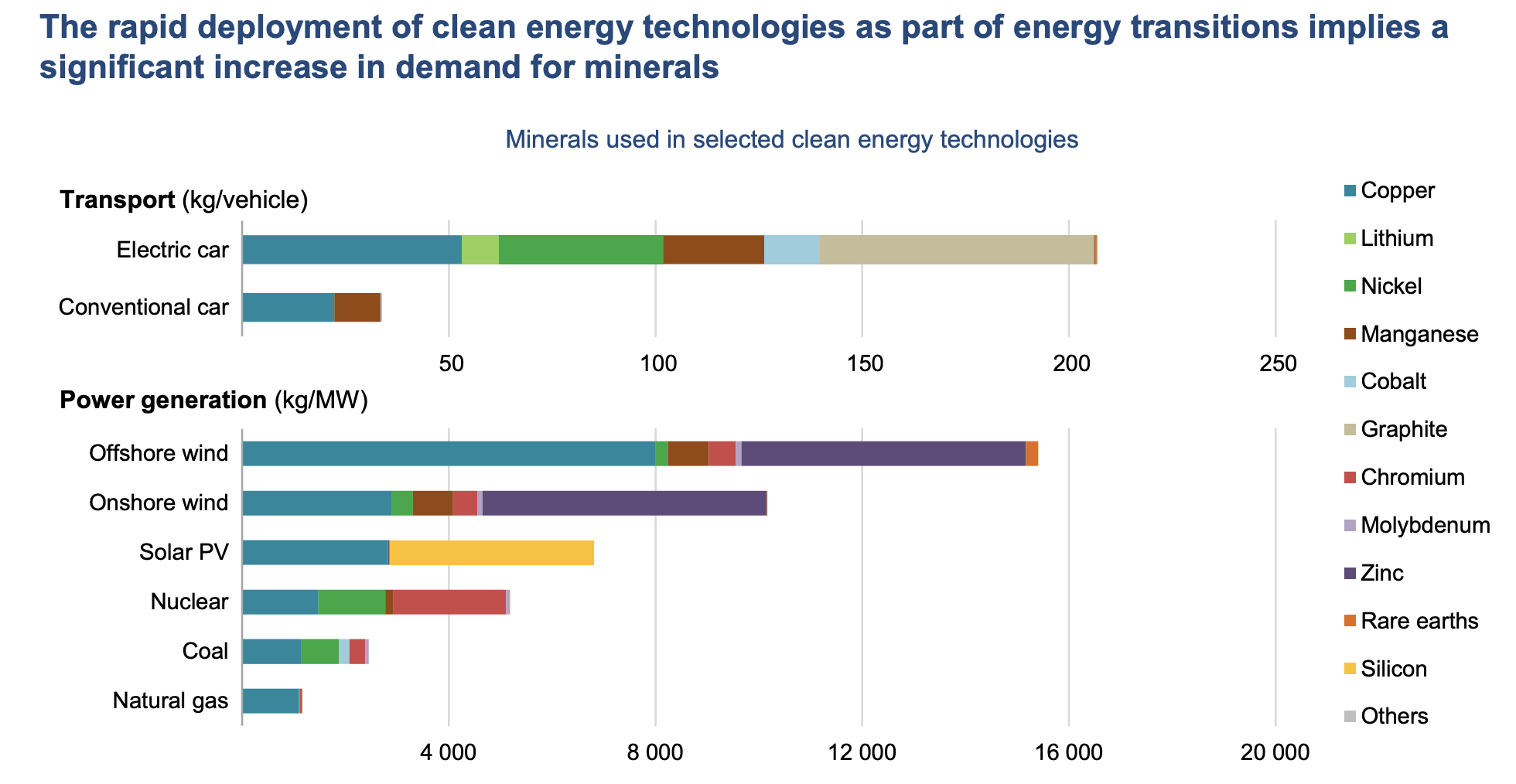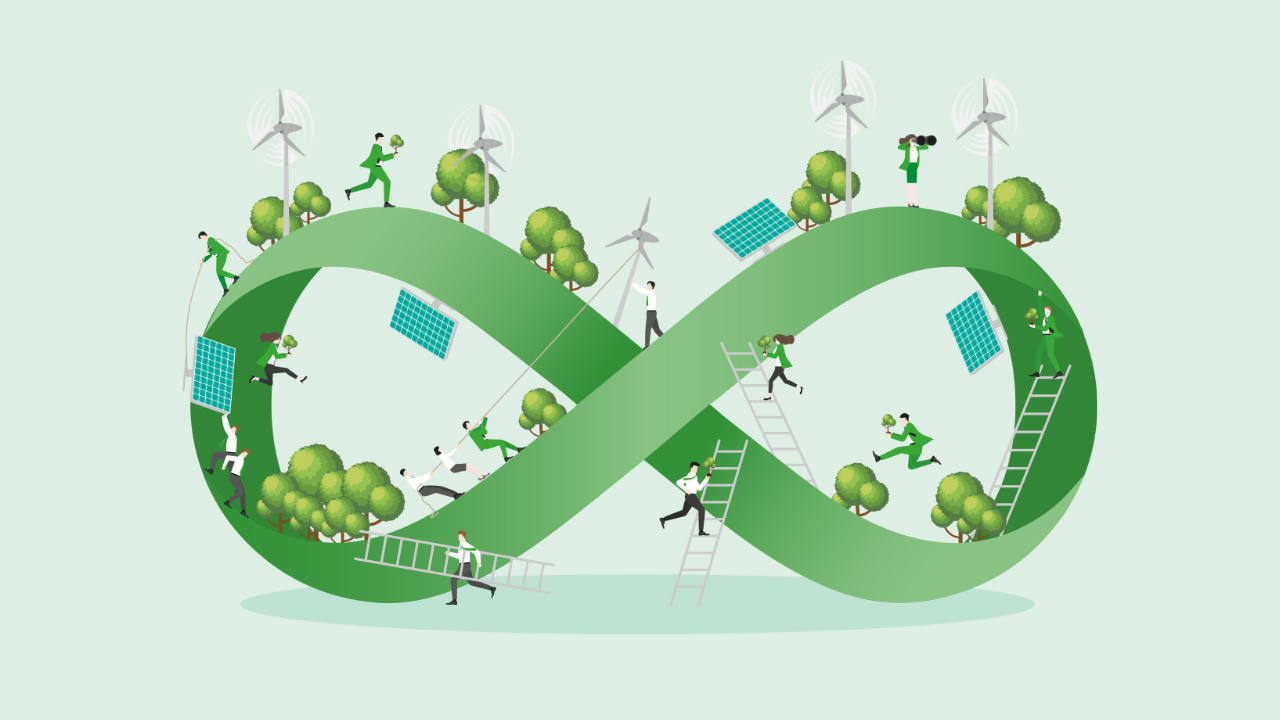See the latest blog from Graham Zabel, Head of DevOps at Devoteam and his personal insights from a Sustainability Workshop.
I recently attended an IT Sustainability Workshop including several talks about energy efficient chip design, IT sustainability frameworks and “GreenOps”, which is essentially about minimising the environmental impacts of IT.
There was a lot of positive (human) energy, optimism and hopeful slides about our sustainable IT future. I sat beside someone who worked for a very large oil company who told me: “We have done the hard work. We recycle all our infrastructure and we have moved all our workloads to the cloud.” Apparently we are moving to a net zero carbon future where most of IT will run in the cloud using carbon free energy (CFE).
I felt very uncomfortable listening to this. Was I the only one questioning the underlying basic assumptions? I wanted to put my hand up several times to question some of the points being raised, but was overlooked by others with easier questions that queried some points but generally reinforced the idea that we were moving in the right direction. I felt if I did speak up, I would be the death of this party.
The presenters at the workshop were careful to note that they were not “Doomers”. Was I the outlier? Was I wrong?
Net Zero Data Centres
Fundamental to a sustainable IT future is the move from consuming carbon based energy to consuming renewable energy, particularly to power our growing demand for data and data centres.
There is some magical thinking that this will just happen. We will have enough renewable energy to move to a low carbon society with electric vehicles and zero carbon burning data centres. We will make the leap from where we are now to this clean future by 2030, or maybe 2040.
Let’s look at the data. Below is a chart showing the world consumption of energy, by energy source, from 2000 to 2022.

Energy consumption is showing no signs of slowing. It has grown by more than 50% since 2000. Oil has been, and still is, the number one global energy source providing 32% of our global energy needs. Carbon fuels (oil, gas and coal) still provide 82% of our energy needs and we consumed more oil and more coal last year than any year in history.
Renewable energy provides 7% of our energy needs, with another 7% coming from hydroelectricity. The growth of renewable energy consumption is happening quickly but still represents a small proportion of our energy diet.
To achieve a net-zero economy, we not only need to replace most of the 82% of carbon energy with renewable sources, but we also have to keep pace with increasing global societal energy needs, including:
- Providing access to electricity for the 770 million people currently without it.
- Meeting the energy demands of 1.8 billion more people expected to be born in the next 20 years.
- Powering the greatest technological transformation in history, including the exponential growth of data, artificial intelligence (AI), quantum computing, Internet of Things (IoT), edge computing, cryptocurrency generation, streaming, gaming, virtual reality (VR), and a myriad of other current and future technology use cases.
While the percentage of global energy consumption attributed to IT is still relatively small (between 1% and 4% depending on the source), it is growing rapidly due to the factors mentioned above. Transforming our technology economy to be net-zero will be hugely challenging. There will be demands on clean energy both for data centers and for human and societal needs. If we increase the amount of renewable energy used for data centers (enabling them to claim net-zero status), there will be less renewable energy available to replace oil, coal, and gas in other sectors.
Carbon Free Energy?
One of the presentations suggested that in the future our data centres will run on carbon free energy.
But is there such a thing as carbon free energy? While the energy produced by solar panels and wind farms may be considered carbon-free once they are operational, the manufacturing and construction processes involved in building these infrastructures require a massive amount of carbon energy for mining and manufacturing the necessary materials.
Let’s assume we want to get from a current state where 7% of our energy comes from renewables, to a future state where 70% of our energy comes from renewables. That is a magnitude larger change than is already happening. We will need land or water to host this infrastructure. There will be studies and permits and protests and nimbyism. Arguably we will need 10x more minerals mined and manufactured. And until we can build solar power plants with solar power and wind mills with wind power, we will need a lot of carbon energy to build our solar panels and wind turbines. So a renewable energy transition will burn a large amount of carbon and will move more slowly than we need it to move.

The Way Forward
Is this all doom and gloom then? What can we do in the face of the massive challenges ahead required to move to a low carbon economy, and specifically a low carbon IT economy?
As Clive Humby declared in 2006, “Data is the new oil.” While this phrase is often used to emphasize the value of data, it also highlights the need for refining and extracting value from data, as we refine crude oil into usable products. Just as you wouldn’t put crude oil into a jet airplane, you don’t want to put crude data into your LLMs.
Just as we had oil price shocks in the 1970s, we may experience data price shocks over the coming years and decades. Continual growing demand for energy, particularly renewable energy will surely bring price volatility in the future, possibly price increases and even possibly blackouts if energy demand exceeds the capacity of our electricity grids.
To address this challenge, we need to focus on several key areas:
- Better Carbon Accounting and Attribution: We need to gain a better understanding of which aspects of computing are producing the most carbon emissions, so we can focus our carbon reduction efforts in the right places. This includes improved carbon accounting and attribution within our supply chains, often referred to as “IT for Sustainability.”
- Market Forces: Market forces related to our energy transition may make data storage and compute more expensive in the future. This could discourage the storage of unnecessary or low-value data.
- Energy-Efficient Infrastructure: We are continuously improving our ability to create less energy-intensive IT infrastructure. Disk storage is becoming cheaper, smaller, and faster, while computer chips are becoming more efficient. These advancements will contribute to reducing the energy footprint of our IT operations.
But the main thing we can do is to be more efficient. Some estimate that up to 90% of our data is “Dark Data” – data that is never used and provides no value. There is huge scope to be more efficient with our data use and storage. This then may be the easiest and fastest way to get to a low carbon future for IT.
